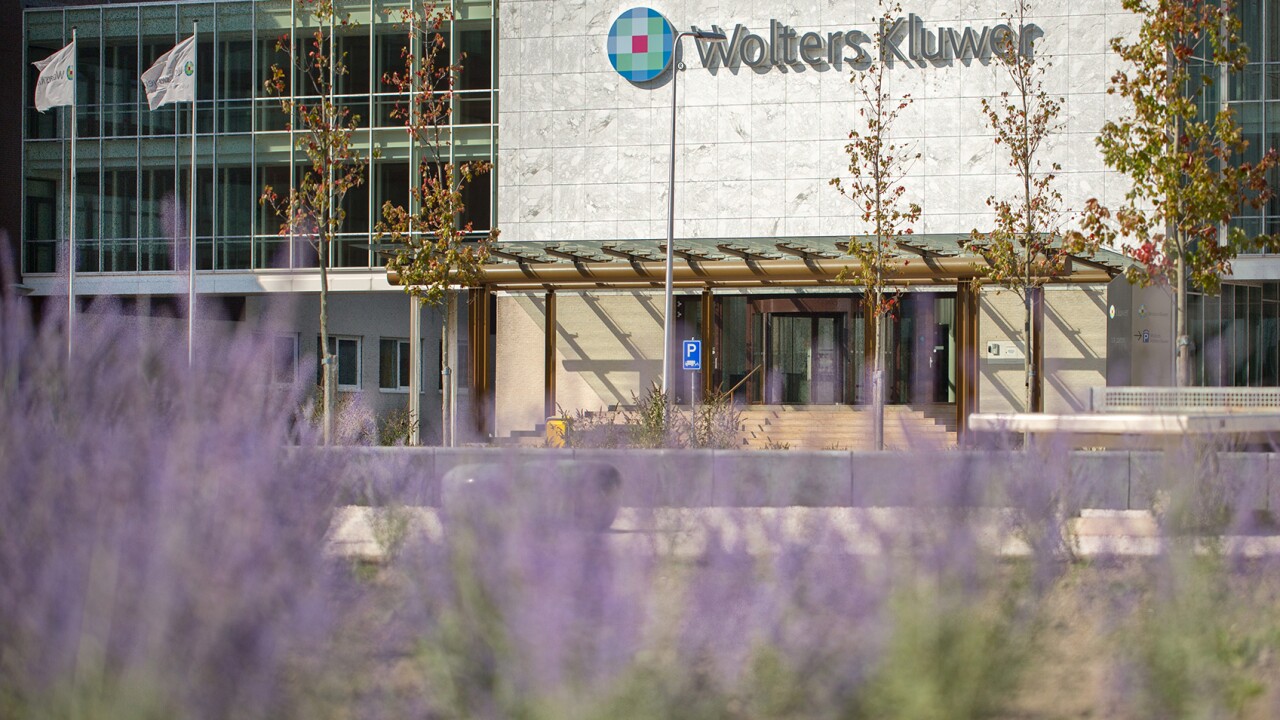Attendees at the American Institute of CPAs' recent Tech+ Technology Conference were not here to gamble, but, instead, to learn about the latest trends and learn how to harness technology to improve their bottom lines.The three-day confab's sessions were intended to provide the roughly 500 attendees with a "cookbook" of information, according to conference chairman David Cieslak, a partner at Arxis Technology Inc. in Simi Valley, Calif.
This year, organizers added the "plus" to the event name as a pledge to add more comprehensive information and perspective, as evidenced by the series of three-hour "deep dive" sessions offered in the morning and afternoon sections.
Randy Johnston, executive vice president of consulting firm K2 Enterprises, presented his annual update on technology trends in an opening-day keynote. His roster of top technology initiatives for 2007 included a movement toward "virtual servers," Microsoft Vista and Office 2007 for PCs; "Blade servers," or self-contained computer servers designed for high density in small businesses; a new generation of laptop and desktop hardware; and continued use of USB drives and portable applications.
Johnston said that Bluetooth remains popular for laptop users, as it is currently in millions of devices; and for those investing in portable computers, a graphics memory and real, not shared, memory is critical for video use.
In the area of desktop computers, Blu-Ray - a new generation of DVD - is emerging as the standard. Johnston said to still look for Firewire, a high-speed USB, and expect to spend $3,500 for an upper-end desktop. He said that keyboards and computer mice that come with desktops are typically "junk," and to look at video gamers' equipment as replacements.
Meanwhile, other sessions ranged from technology to tax preparation, the latest in time and billing technology, strategies to create a culture that successfully attracts, develops and challenges key employees, and best practices for IT security.
TAX AND TECH
While tax prep technology has made quantum leaps from 1986 - when just 25,000 1040s were e-filed, as opposed to the 76 million in 2007 - the distinction between tax accounting and other services is blurring, and the facility to consolidate that integration is technology. As a result, said Internal Revenue Service veteran Lenny Holt, now with CCH's Firm Services Unit, technology will have to evolve to integrate with tax practices, and not just to help practitioners with arithmetic.
Tim Shortsleeve, a partner at the Rochester, N.Y.-based CPA firm of Bonn, Shortsleeve & Ray, told attendees that to hone best tech practices for tax prep, firms must create an in-house project team and appoint a champion. The team's to-do list includes such items as evaluating workflow options, documenting new policies and procedures, identifying changes to software, installing multiple monitors and establishing remote access.
For those looking to make their IT projects work better, Niel Nickolaisen, chief information officer and director of internal audit at Headwaters Inc., an energy and building products firm in South Jordan, Utah, suggested asking those in a firm to segregate business activities into two areas: those that differentiate them from the market, and those where they're at parity. "Once you discover that, invest resources into nurturing" what makes you different, he advised.
He also added that 40 percent of software licenses are never deployed, with a current success rate of roughly 35 percent.
VENDOR NEWS
In its drive to cater to small businesses, Sage Software unveiled its Peachtree by Sage 2008 line, which includes more user-control capabilities, along with improvements for producing more specific information output. Peachtree 2008 comes in four packages - basic, standard, advanced and premium. Peachtree Quantum by Sage 2008, its top-of-the line offering that can serve up to 10 users and has access to all industry-specific features, is also available.
Attendees also got a look at the strategies of three top vendors: CCH, Intuit and Thomson Tax & Accounting.
Ray Barlow, vice president of sales for CCH, described the current tech climate as a "perfect storm" for transformation, and then listed his company's key priorities: centralized information, workflow, portability and collaboration, and optimizing and improving processes. He said that the next-generation Pro System fx Office will include "smart client technology" offering more connectivity options, offline work support, integration across multiple platforms, and real-time application deployment.
Jamie Slattery, Intuit's chief software architect, gave an overview of where his company stands. "You have to begin with a good understanding of what technology trends are," he said. "We often follow [CPAs] home to their offices." He also acknowledged the critical importance of an online presence for a business, and working towards technology designed to move from one platform to another.
"We believe the accounting profession is on the verge of a fundamental change," said Jack LaRue, senior vice president of Thomson Tax & Accounting, listing workflow, a paperless environment and the Web as the focus of this change. He said that his company provides four levels of integration: between products, between contact products, with Microsoft Office applications, and with other XML and XBRL products. He described the client portal as one of the most "significant breakthroughs since paperless."





